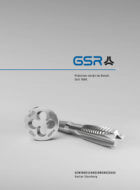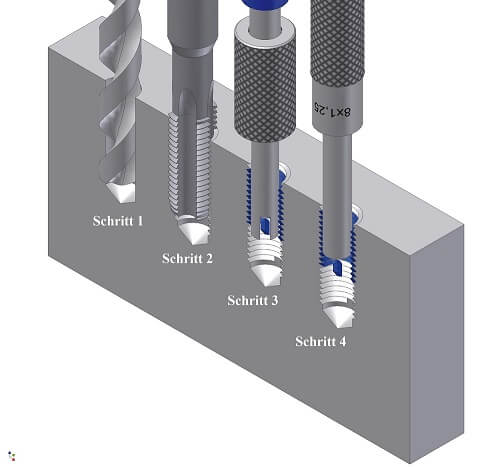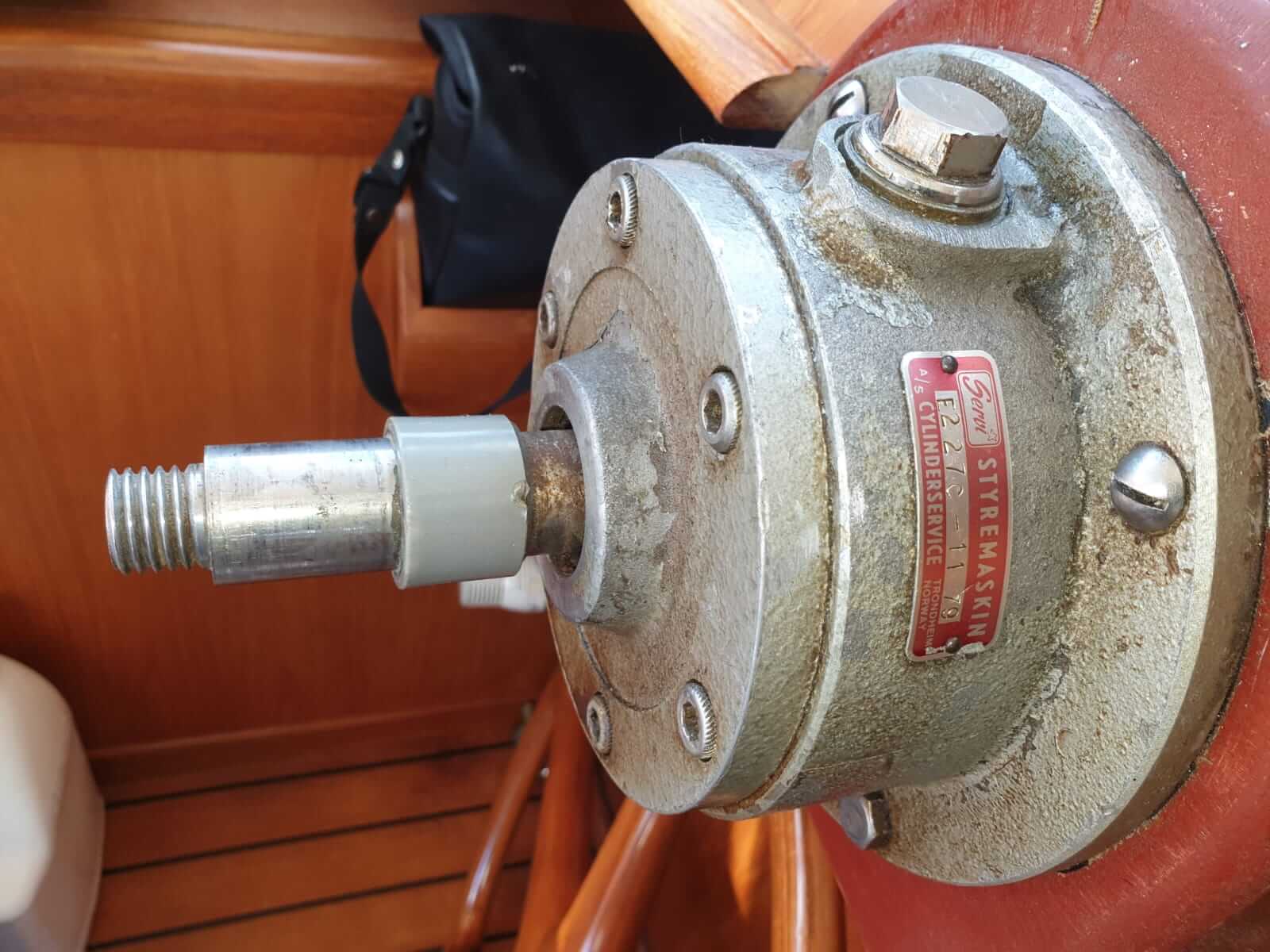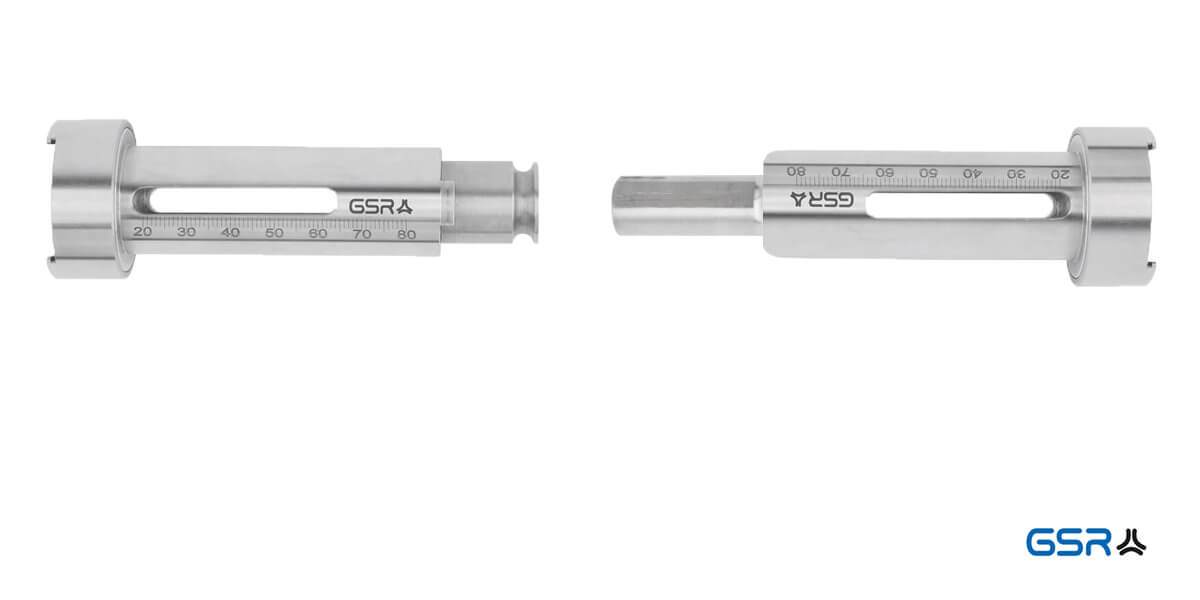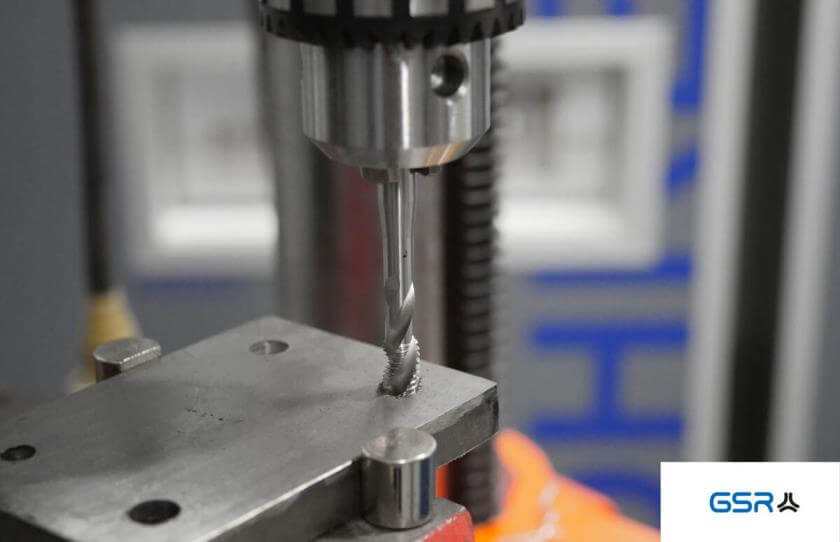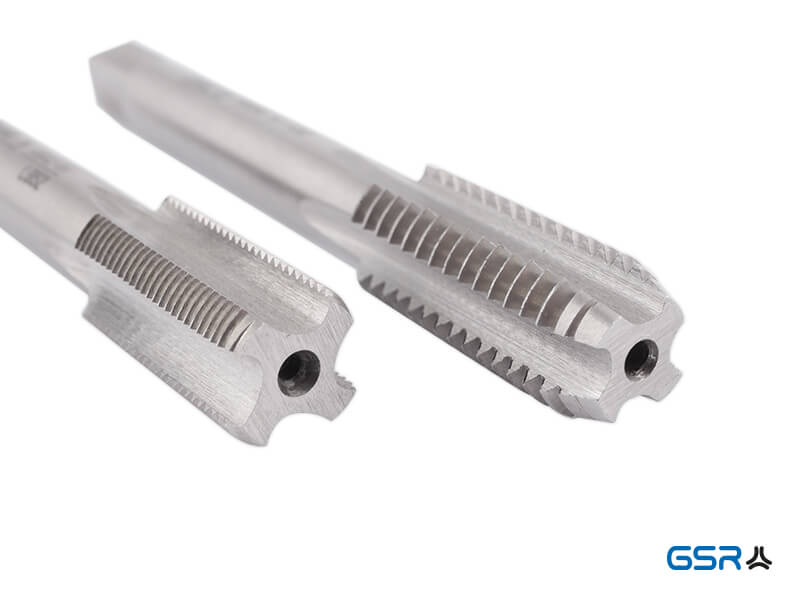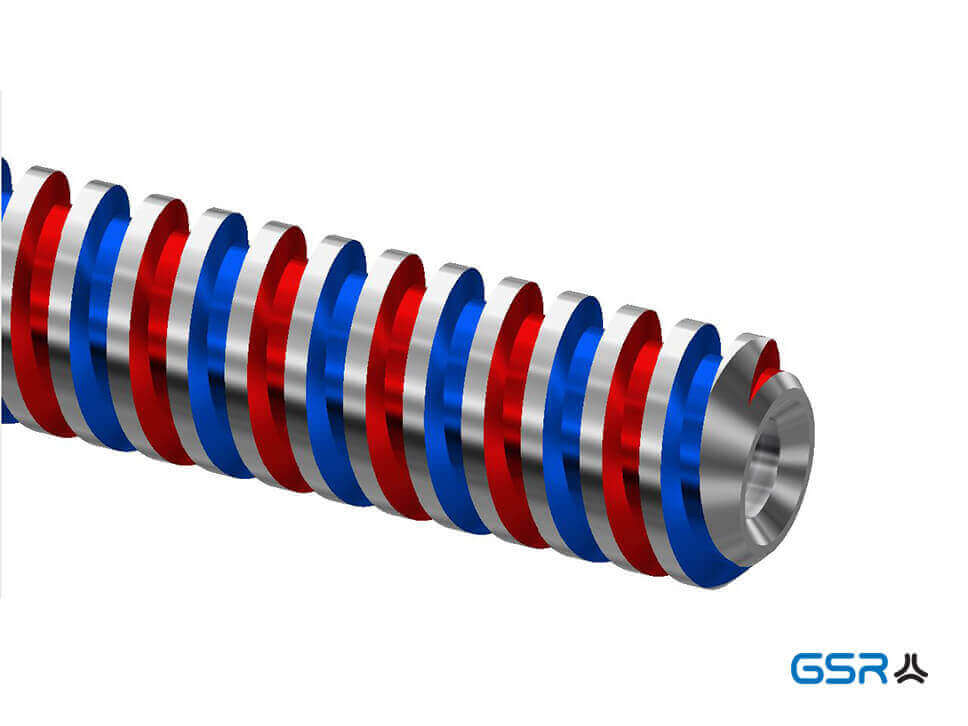Metal twist drills – 3 facts you should know about twist drills
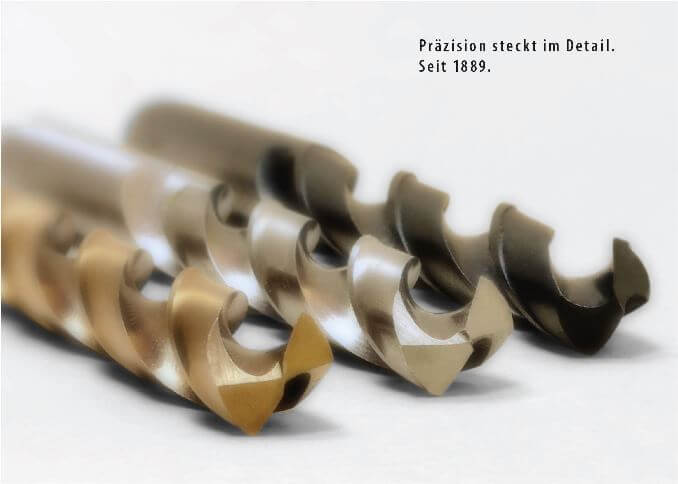
What are metal twist drills?
Metal twist drills are – as the name suggests – drills that can be used to drill in steel, iron, stainless steel, aluminium, brass and copper. Depending on the material you want to work with, you would have to use different drills. Here are 3 facts you should know about metal twist drills.
The most important abbreviations at a glance:
- HSS (high performance high-speed steel)
- HSS R (high performance high-speed steel, roll-rolled design)
- HSS G (high performance high-speed steel, ground version)
- HSS E (high speed steel with Co content 5%)

1st Fact :
Which different twist drills are available?
HSS R twist drills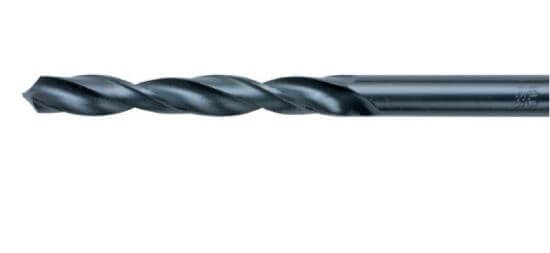
Surface: burnished and blackst drills with a 118 degree point angle.
Tolerance class: h8 for the diameter
Surface: burnished and black
HSS G twist drill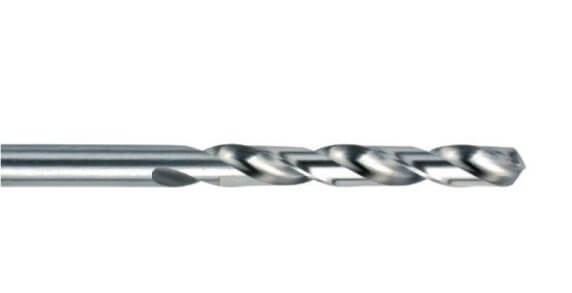
Description: HSS G twist drills are ground twist drills with a 135 degree point angle and cross-ground from 3 mm
Tolerance class: h8 for the diameter
Surface: bright
HSS G Tin twist drill
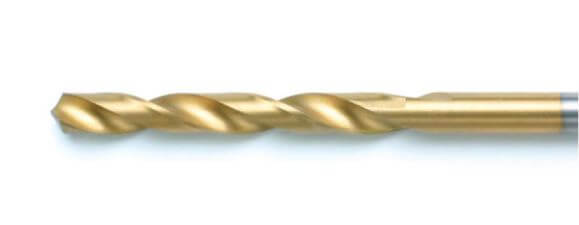
Description: HSS G TiN twist drills are ground twist drills with a 135 degree point angle and a cross cut from 3 mm
Tolerance class: h8 for the diameter
Surface: TiN (titanium nitride) coated
HSS E twist drill

Description: HSS E twist drills are ground twist drills with a 135 degree point angle and cross-ground from 3 mm. They have a 5 % Co content.
Tolerance class: h8 for the diameter
Surface: amber
2nd Fact :
The angles on the twist drill – point anglel
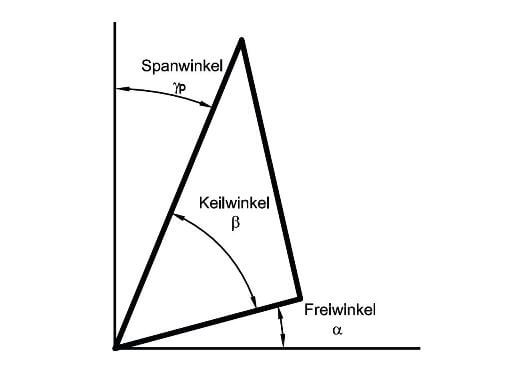
Which angles are available on the twist drill?
With twist drills, a distinction must be made between clearance angle, wedge angle and rake angle.
Point angle
Twist drills have different leads at the drill tip for different materials. The rule is a taper shell grinding with an angle of 118 degrees. It makes the drill insensitive to impact and lateral forces because the main cutting edges are robust.
For harder materials a larger point angle is useful. Typical here is a point angle of 135 degrees and a cross-grinding. It reduces the contact pressure because of the smaller cutting edge length.
Clearance angle
The clearance angle is created by the rear of the cutting surfaces (main clearance surface) of the drill. Care must be taken to ensure that the relief on the cutting edge of the drill is not too large, otherwise the cutting edge can break out more easily.
Angle of rake: Type N, Type H and Type W
The rake angle of the drill cutting edge is determined by the side rake angle of the drill helix. It has a decisive influence on chip formation and chip removal. It therefore depends on the properties of the material. The three most important rake angles are designated by the letters N, H, W.

Type H
Type H has a side chip angle in the range of 10° – 19° and is used for brittle, short-chipping metals such as brass.

Type N
Type N has a side rake angle in the range 19° – 27° and is the standard angle for steel.

Type W
Type W has a side rake angle in the range 27° – 45° and is used for soft or long chipping metals such as aluminium and copper.

3rd Fact :
The cutting edges on the twist drill: Main cutting edge and cross cutting edge
The metal twist drill has 2 cutting edges. One is the main cutting edge and the other the cross cutting edge.
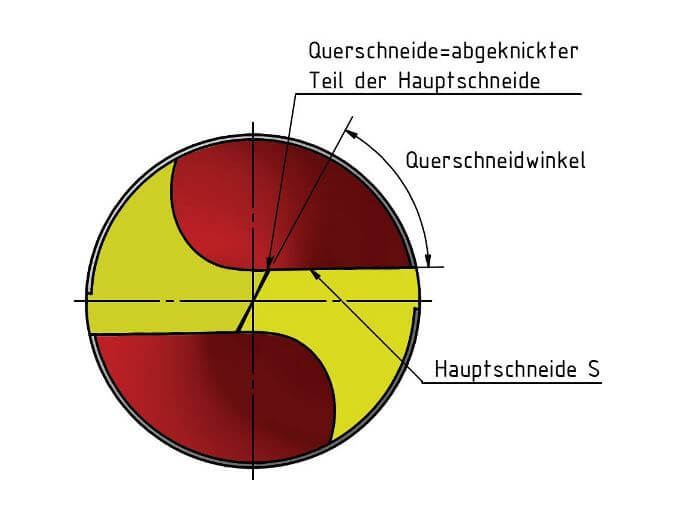
Main cutting edge
The main cutting edge takes over the actual drilling process. They are formed by the flute or rake face as well as the undercut faces. The twist drill has two main cutting edges. They are connected by a transverse cutting edge.
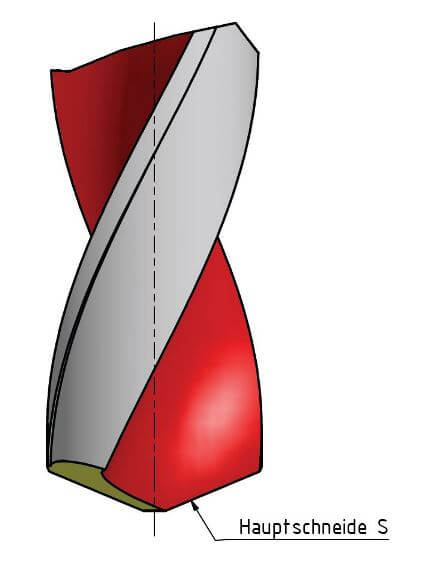
Cross Cutting Edge
In the middle of the tip of the drill is the transverse cutting edge. This is also the contact line between the two relief surfaces. The size of the transverse cutting edge can be reduced by certain grinding processes. With larger drills this is done by so-called pointing or by cross grinding. This reduces the friction of the drill on the workpiece and facilitates the feed.
The cross cutting edge can have a cross-grinding (form C) – also called split point or a pointed cross cutting edge (form A). The main differences can be seen in the diagram.

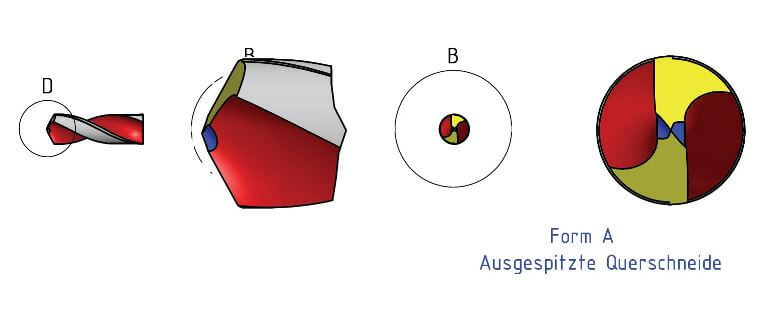
You will find a large selection of metal twist drills in our Shop: www.gewindewerkzeuge.com





